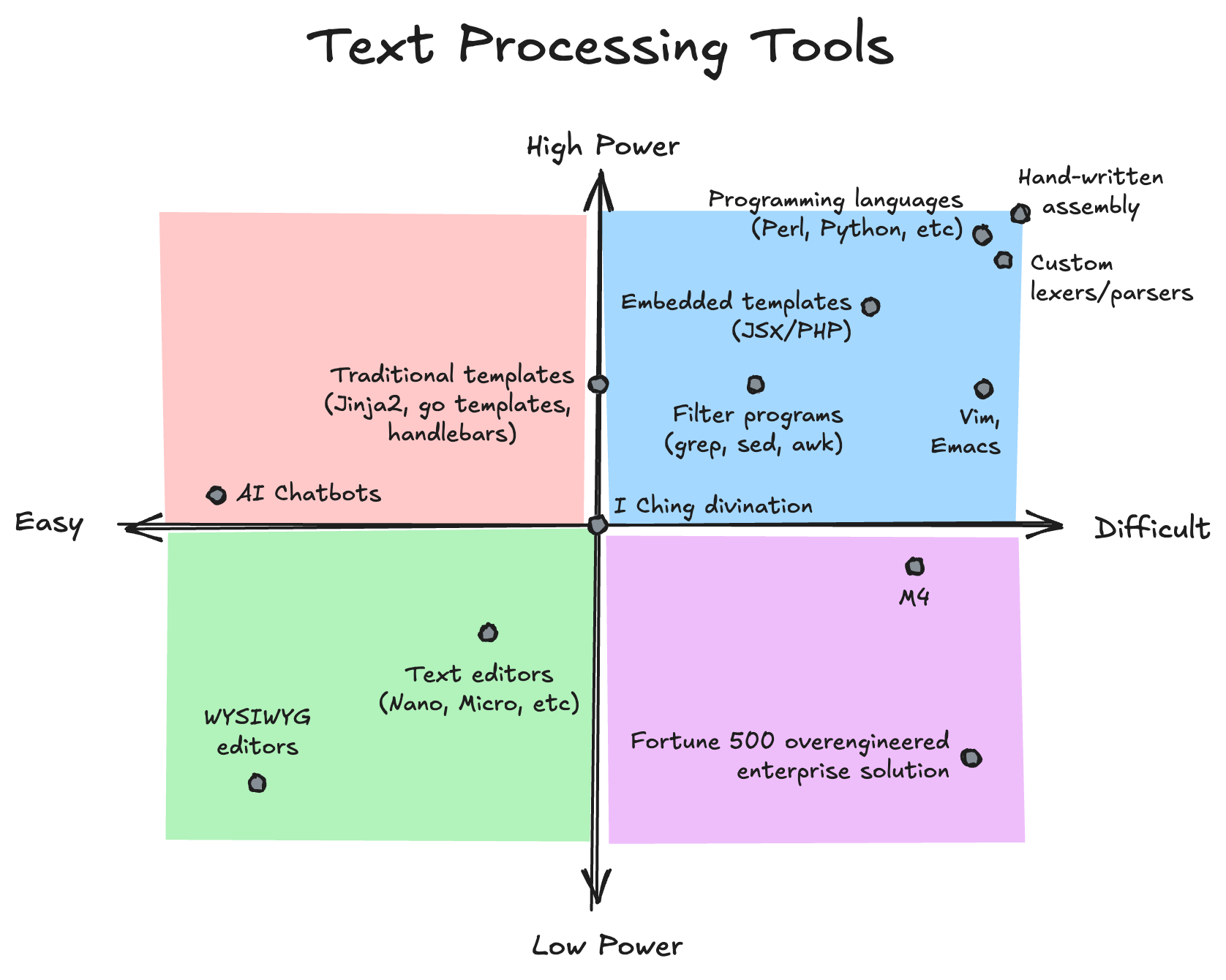Unlike a password manager that just logs you in, Beachpatrol can run any automation task, like checking your email, downloading files, or filling out forms. You have to create Playwright scripts for these tasks and run them from a shell command. There is an example script already in the commands folder, which you can run with the command beackmsg smoke-test. The sky is the limit, basically.
sebastiancarlos
Cool project! I'll check it out.
Regarding userscripting, from the F.A.Q.:
Why use an external automation tool (Playwright) instead of a browser extension?
While Beachpatrol allows to control the browser from both the OS and from a browser extension, our priority was the OS. Therefore, something like Playwright was the natural choice.
Furthermore, while controlling the browser from an extensions is possible, Manifest v3 removed the ability to execute third-party strings of code. Popular automation extensions like Greasemonkey and Tampermonkey could also be affected by Manifest v3. The alternative is to embed the code into the extension, but that would requires re-bundling the extensions after every change. Other tricks do exist to make this approach work, and there is some hope for future Manifest v3 solutions, but this path is certainly tricky.
It is more likely that Selenium and related tools will continue to work in the foreseeable future given the business demand for traditional browser testing.
Point taken, but Big Tech systematically does equally bad things while disguising them behind DevRel, so I think it's justified to poke fun at that.
Just curious, what would be a correct translation?
The joke is that it's hard to tell if this is a joke because the lines between good intentions, corporate jargon, and feasibility have been blurred beyond recognition both here and in the real world.
It's also funny that after all these years, i18n is still a mess. Moreover, even if translations are standard in GUIs and documentation, for some reason, everyone is okay with defaulting to English for the oldest form of computer interaction.
Also, the joke is whatever you want it to be. Follow your dreams.
Cool, thanks! Look like there are things like xrandr for Wayland with this functionality. the burn-in is not so bad right now but I'll keep this in mind.
Yes! I use it all the time. No idea why it's not more popular

.bashrc:
# Prompt
# "Make it simple, just the dollar sign"
# "Say no more, fam"
# - if error code is not 0, then prepend [N] where N is the error code
# - if user is root, use red and #
blue='\e[34m'
red='\e[31m'
bold='\e[1m'
reset='\e[0m'
PS1='$( status=$?; [ $status -ne 0 ] && echo "[$status] ")\['"$blue""$bold"'\]$\['"$reset"'\] '
if [[ $EUID -eq 0 ]]; then
PS1='$( status=$?; [ $status -ne 0 ] && echo "[$status] ")\['"$red""$bold"'\]#\['"$reset"'\] '
fi
.inputrc:
# vi mode, change to 'emacs' here if you prefer
set editing-mode vi
# vi INSERT prompt
set vi-ins-mode-string "\1\e[30;44m\2 INS \1\e[0m\2 "
# vi NORMAL prompt
set vi-cmd-mode-string "\1\e[30;47m\2 NOR \1\e[0m\2 "
answered in post. btw it seems this is a Sway only issue, so it makes sense it's ok in i3
answered in post
answered in post


And what's your workflow when working with lots of files in projects with fish?